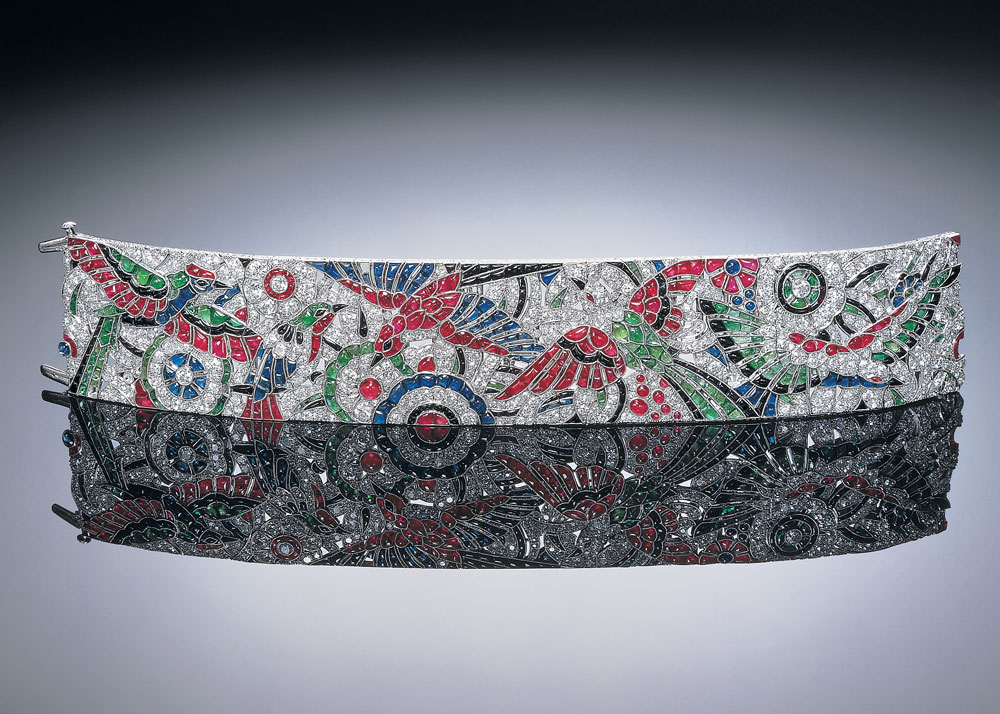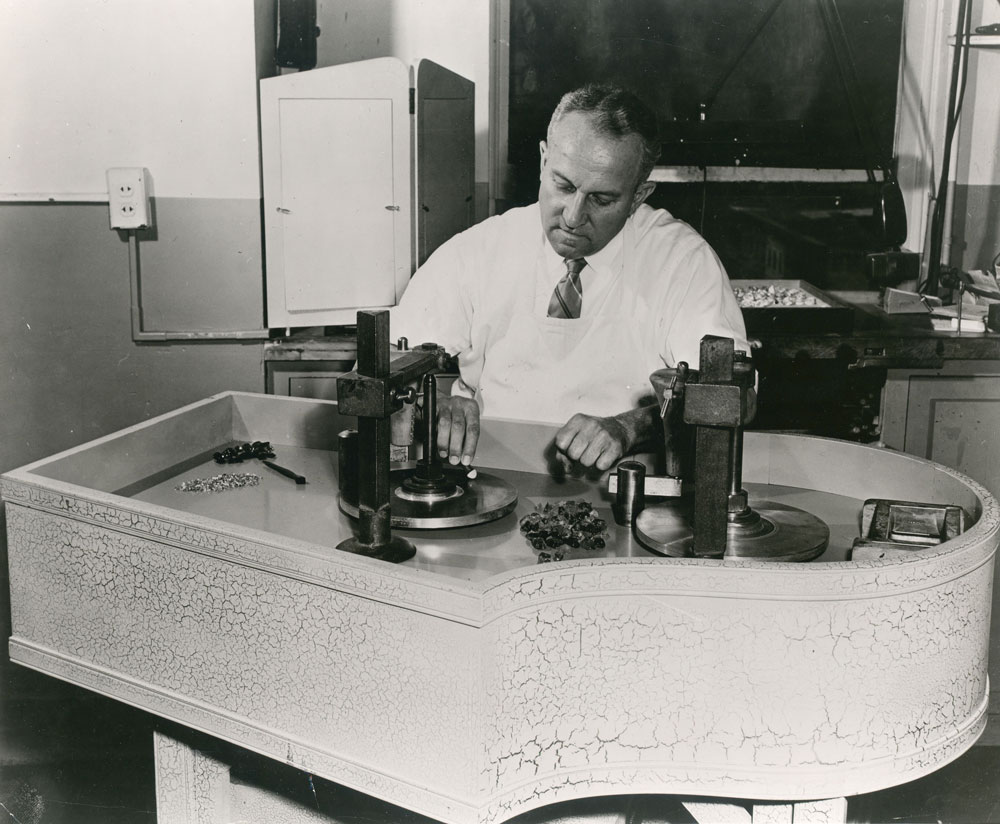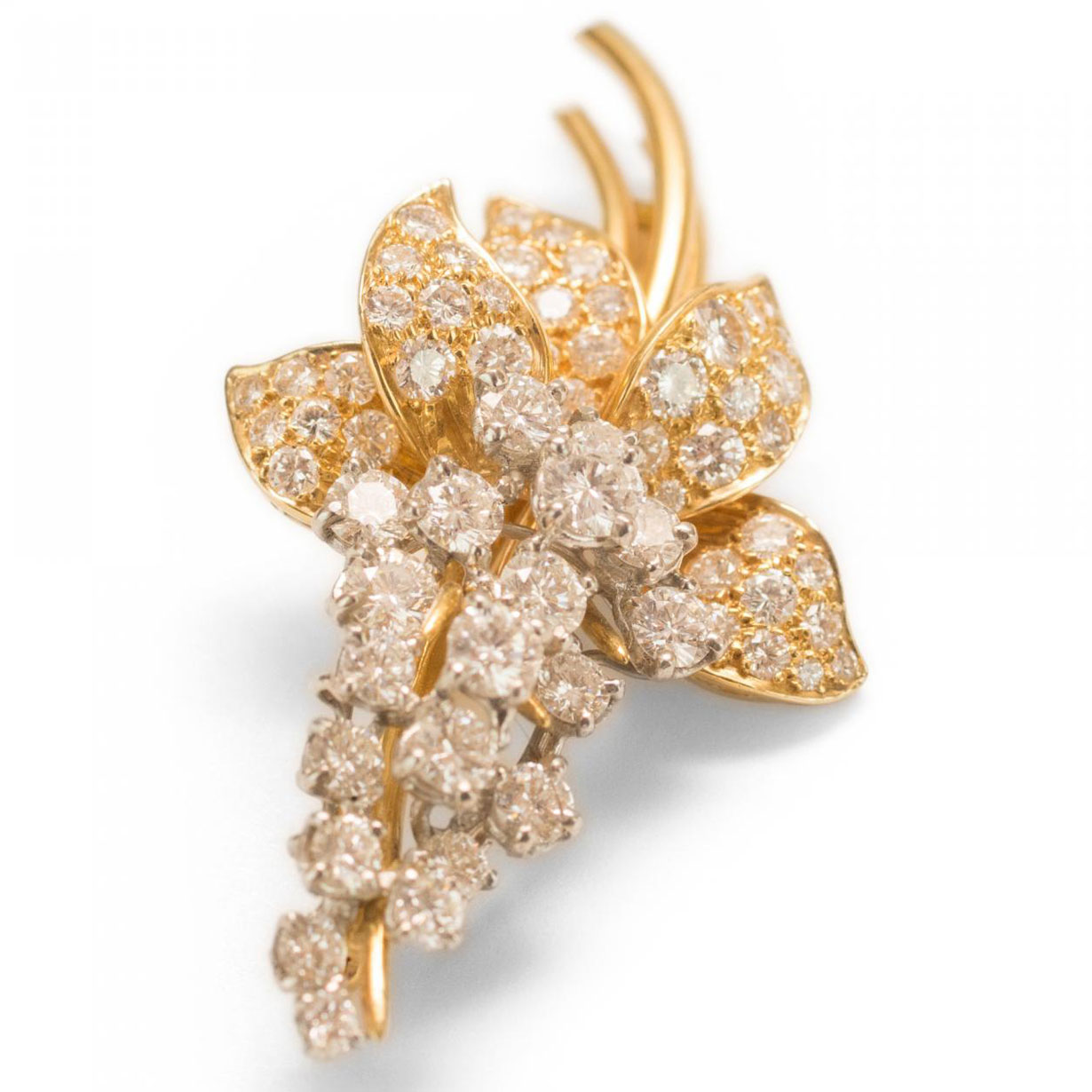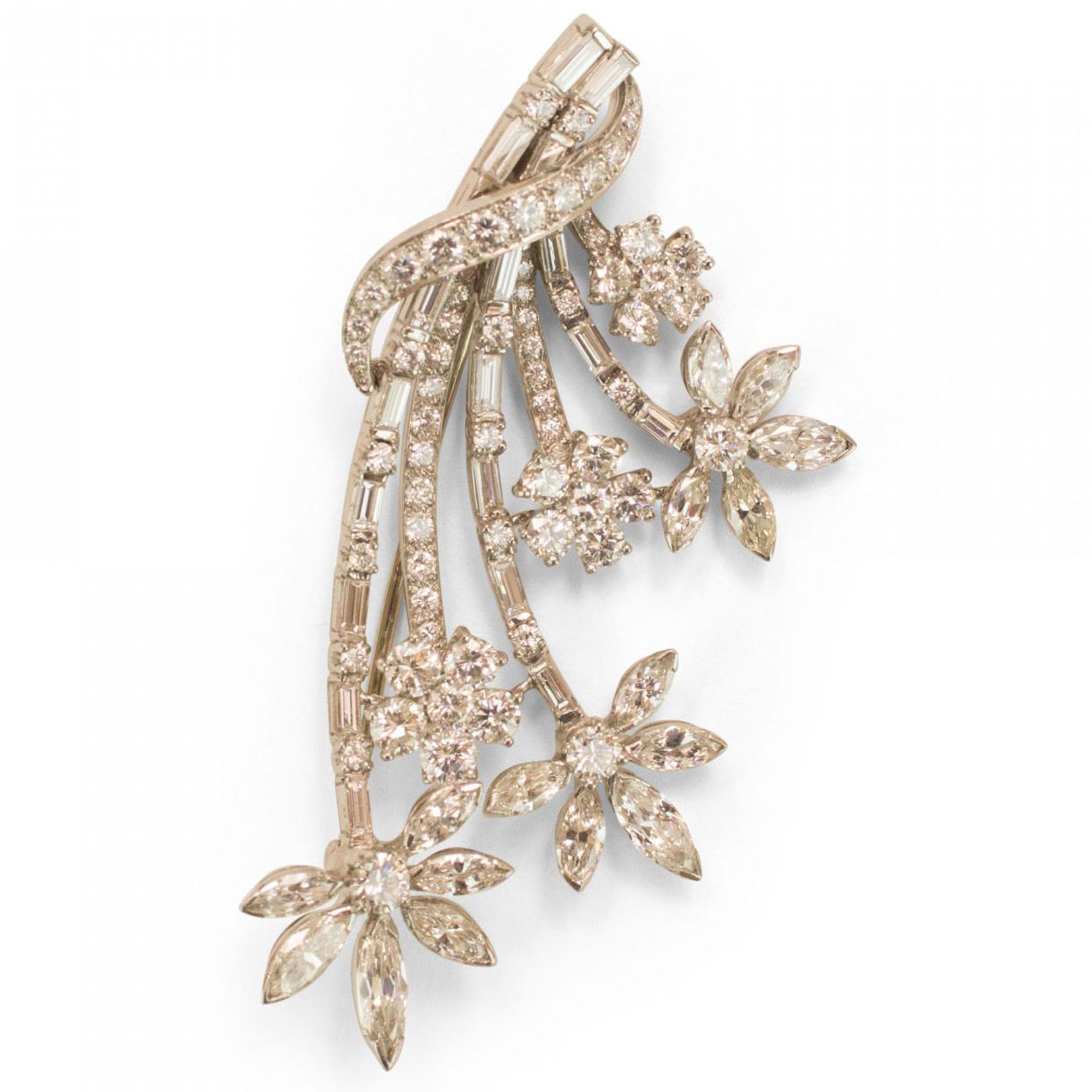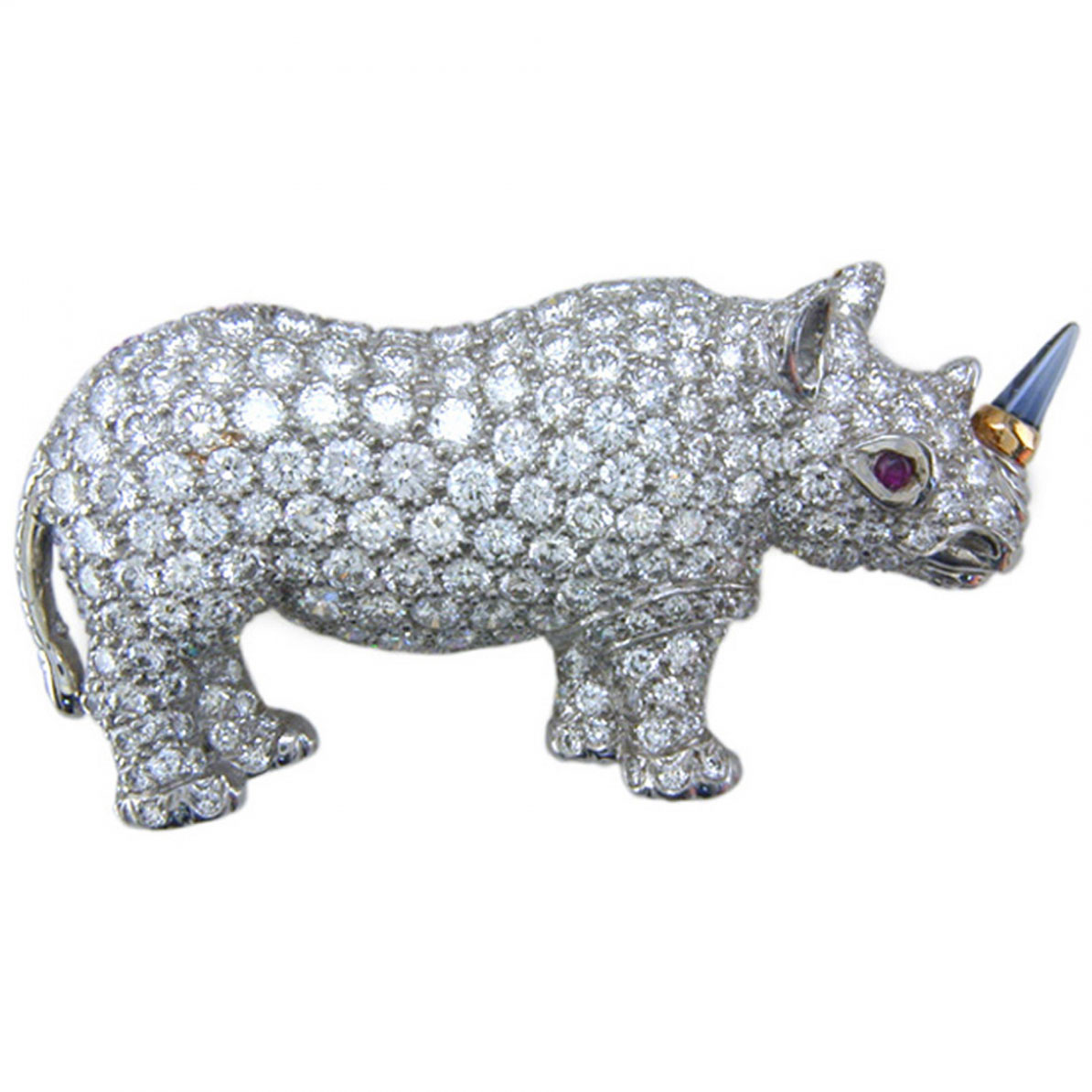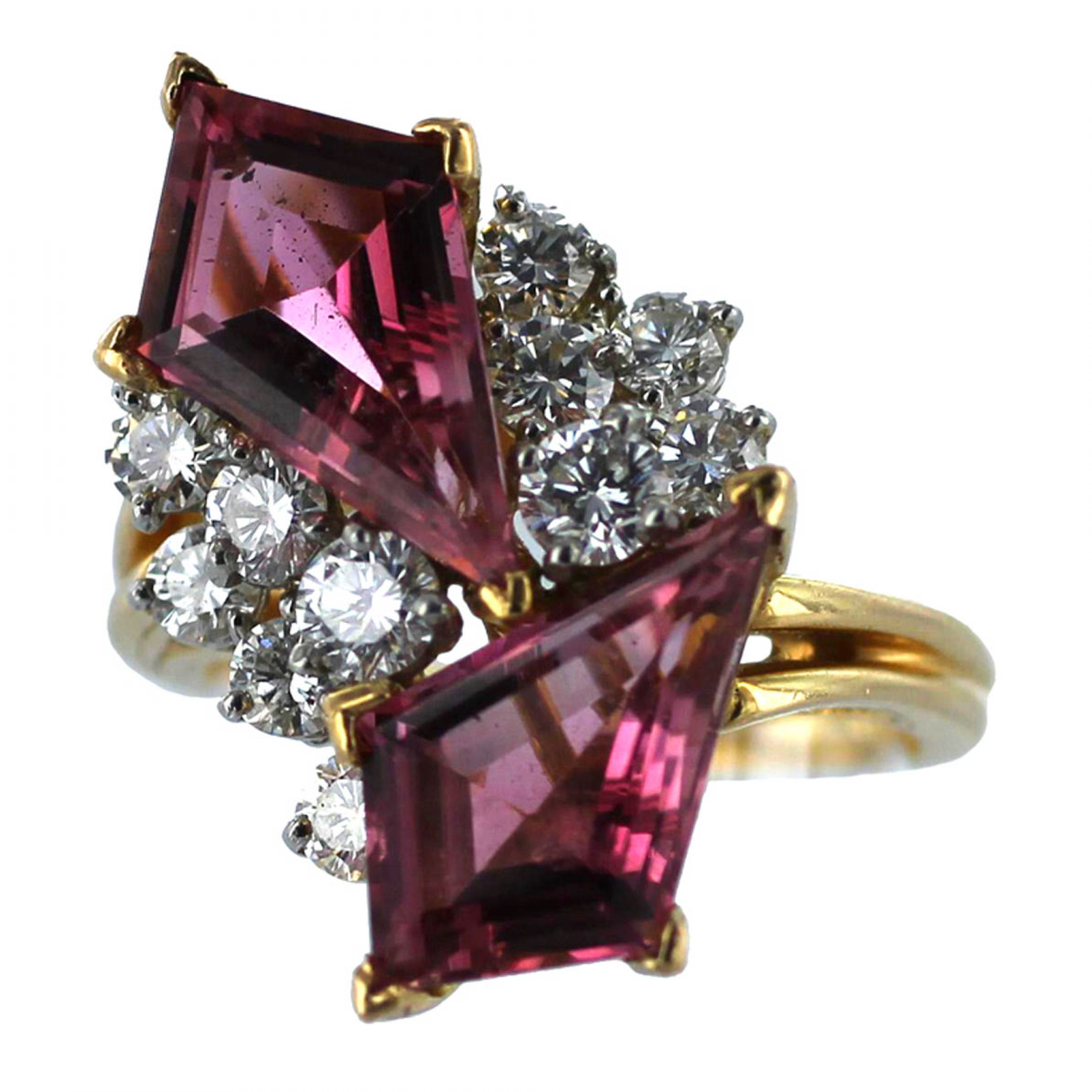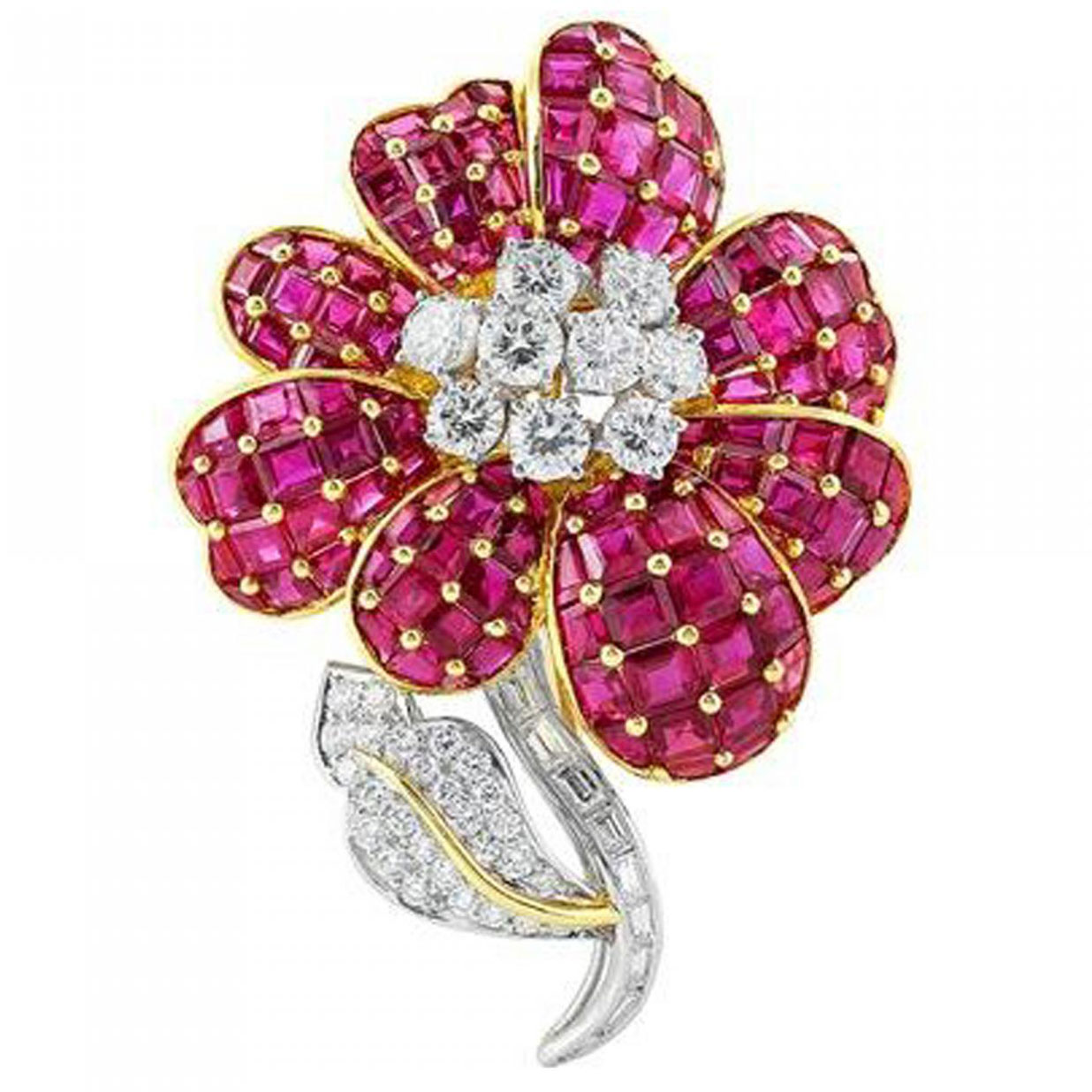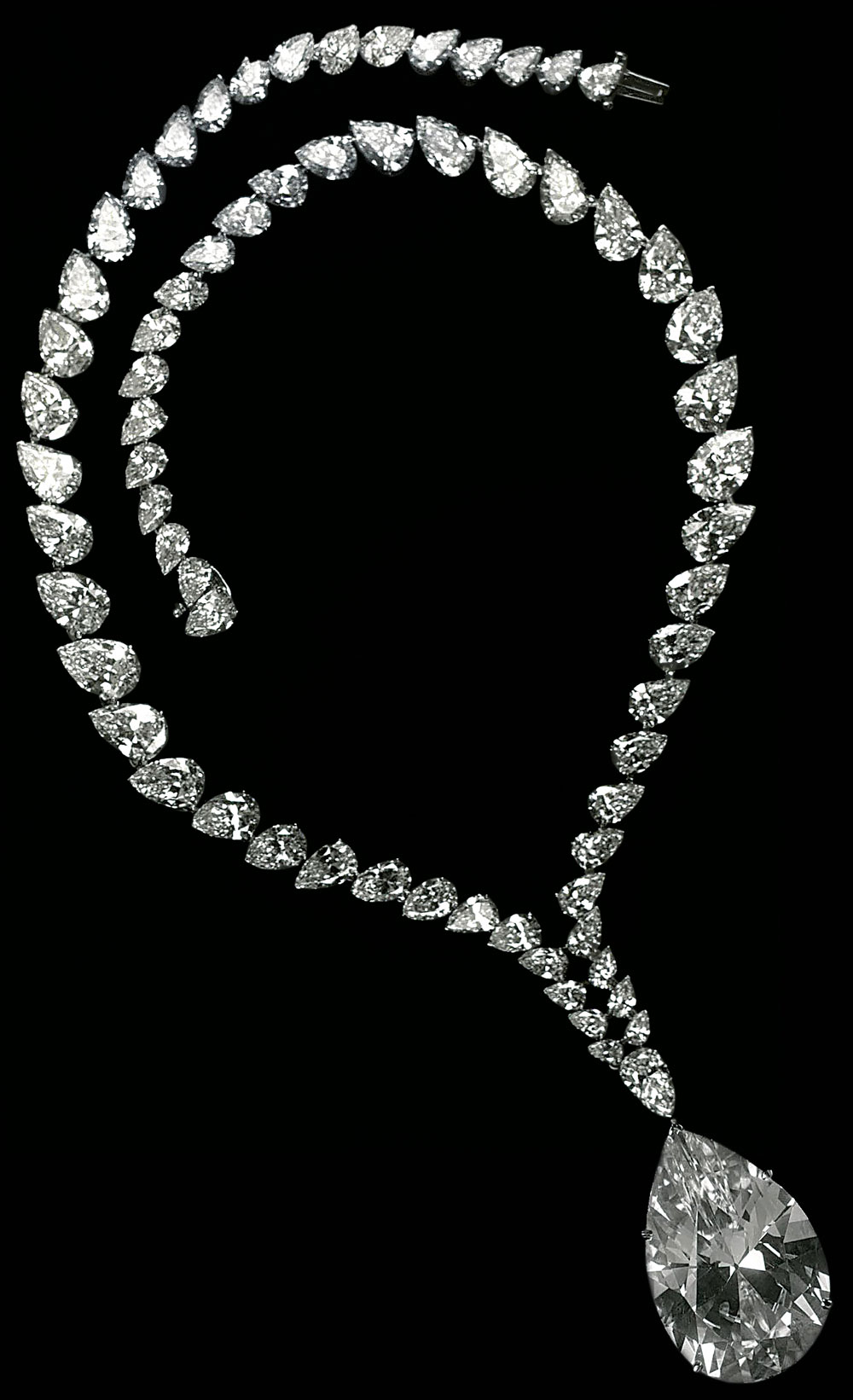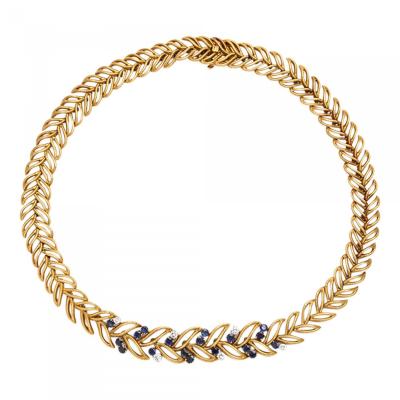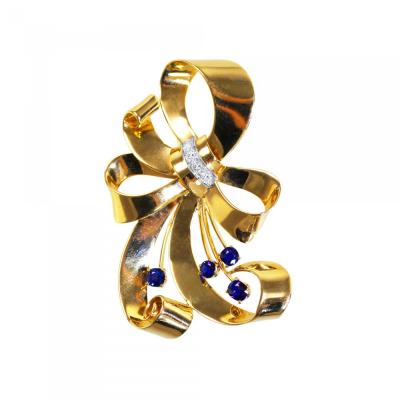Master Jewelers Oscar Heyman & Bros., Inc.: Romancing The Stones
From the archives: This article was originally published in the 8th Anniversary issue of Antiques & Fine Art magazine; AFA is affiliated with Incollect.
For the past century, Oscar Heyman & Bros., Inc., a family-owned firm of master jewelry artisans, has sat, albeit anonymously, at the helm of jewelry royalty. While their name is not well-known outside of professional circles, their pieces have been commissioned by the most elite jewelers in the world. Known for their superb craftsmanship, exquisite stones, and peerless design, the company has eschewed the limelight of their industry and left the glory to their clients, firms that include Cartier; Van Cleef & Arpels; Tiffany & Co.; Shreve, Crump & Low; Bailey, Banks and Biddle; and Marcus & Co.
When asked how he felt about the fact that most of the jewelry-buying public was unfamiliar with his establishment, one of the company’s original owners, George Heyman (b. 1906), replied resolutely, “We took care of our customers, our regular customers, the retailers. We stayed in the back.” This arrangement has served the firm well. Led today by second and third generation family mambers, Heyman has maintained solid relationships with many of their retail clients for decades — in some cases for more than ninety years. Their jewels are available at the crème de la crème of retail jewelers around the world, and they have been widely referred to as “simply the finest.” On par with the greatest European jewelry designers and manufacturers, Oscar Heyman & Bros., Inc. (OHB) presently is one of the few surviving American giants in their field. They maintain their own tool-and-die shop, alloy their own metals (platinum and gold), cut and polish their gemstones, and oversee each piece that leaves their premises from inception through completion. Their workshop includes metal alloyers, jewelers, setters, engravers, polishers, and stone cutters (lapidaries).
The firm was the brainchild of Oscar and Nathan Heyman. In 1901, the two boys, aged 13 and 16, were living with their parents and seven siblings near the Baltic Sea in what is now Latvia. There were no prospects for them in their hometown of Goldingen (now Kuldiga), and their mother Asna’s uncle, who owned a jewelry business in Kharkov and created pieces for the workshop of Carl Fabergé, agreed to take the boys as interns. In 1906, to avoid conscription into the Russian army as their apprenticeships ended, both boys left the Russian Empire and emigrated to the United States. The rest of the family would soon follow.

-
Platinum flexible open work bracelet consisting of 22.78 carats total weight of round brilliant cut and oval shape diamonds set with 18.77 carats total weight of oval shaped blue sapphire. Offered by Shreve, Crump & Low. For the complete listing of this object click here.
-
Oscar Heyman sapphire and diamond platinum pansy pin set with round brilliant cut diamonds and invisible set sapphires, signed by Oscar Heyman. Offered by Shreve, Crump & Low. For the complete listing of this object click here.
Oscar found work as a jeweler with a small manufacturer, and Nathan honed his already prodigious tool-making skills at Western Electric, a telegraph company. Oscar later would work for Pierre Cartier, who opened his New York branch in November of 1909. Oscar Heyman was one of the first jewelers hired by Cartier, and was his only non-French-speaking employee.
In 1912, Oscar (then 24) and Nathan (27), along with brother Harry, formed Oscar Heyman & Bros., Inc. Other siblings who quickly joined them included sister Frances and brothers Louis, William, and George. The Heymans had been trained to produce jewelry of the highest possible technical quality in order to meet the exacting standards of Fabergé and Cartier. Their unparalleled skill advanced the business quickly, while garnering praise, success, and a sterling reputation. Their inventions resulted in seven patents, three of which were for linked bracelet components. Others were for dye-striking processes. (The tool room was Nathan’s office; he was instrumental in cutting-edge technology of his time, which is still in use today.) The company delved into color and were adept and sophisticated in their use of precious stones — rubies, emeralds and sapphires (the latter being purchased directly from Sri Lanka since the 1950s).
Each era in the firm’s history was marked by prominent pieces fashioned for the time. The goal was to create enduring appeal and international style. The Teens featured straight line bracelets (notably, the block bracelet); the '20s brought bright precious stones; the '30s introduced the casting process and flowered brooches (pansies, gardenias, orchids, lilies-of-the-valley, and roses). In the '40s there were rings designed with five rows of stones, as well as finely crafted “Victory” jewelry worn during World War II in support of the troops. During this time the company had to deal with a shortage of platinum, which was being used for the war effort. With eighty or ninety jewelers in the OHB shop, most of whom were working on the popular row rings, this made the reduction of platinum problematic.
|
|
|
|
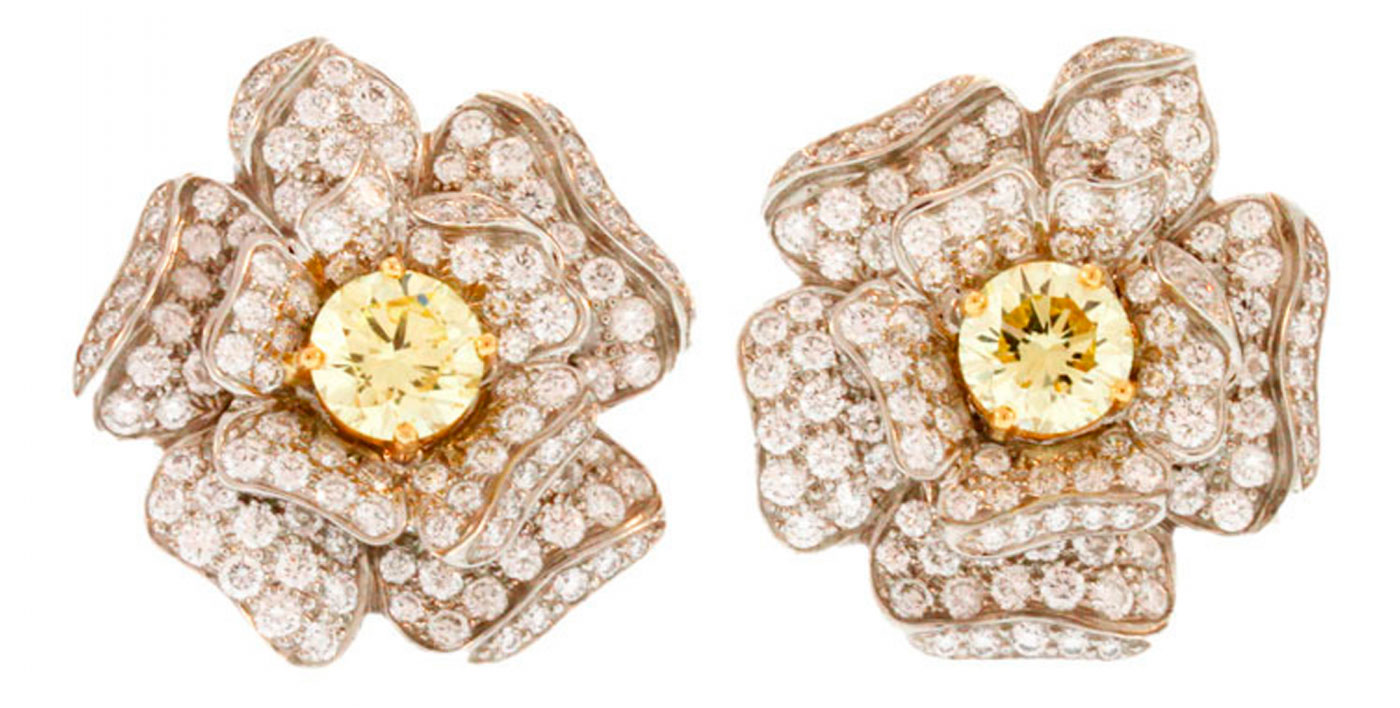
-
A pair of platinum gardenia earclips by Oscar Heyman & Brothers, designed as stylized gardenia flowers set in the centers with 2 round diamonds of fancy yellow color with GIA reports weighing 3.01 carats, the petals set with numerous round diamonds having a known weight of 5.03 carats, gross weight 32.5 grams, measuring 1-1/8 by 1 inch, with maker's marks for Oscar Heyman & Brothers, numbered 705205, stamped 'Irid Plat'. Offered by J. S. Fearnley. For the complete listing of this object click here.
|
|
In the 1950s, pastel sapphire jewelry was the company’s hallmark; the work of the '60s consisted predominately of very large diamond necklaces, including the creation of the monumental receptacle to hold the 69-plus carat stone that Richard Burton purchased for Elizabeth Taylor (OHB was commissioned by Cartier to create this necklace). Many of the firm’s trademark pieces from each era are still being created, including a number of the patriotic designs that originated in 1941 (such as the recognizable flag pins). The status of the vintage jewelry is evidenced by the prices they command at auction, usually selling for higher than estimated. The cachet of a Heyman piece always commands a premium, whether a gardenia or pansy brooch from seventy years ago or modern pieces of the same design. This continuum of successful forms is a testament to the creative skills that have been imparted from father to son so that techniques are never lost. Oscar Heyman was fond of saying that jewelry should never be a candidate for redesign, but should transcend time like a fine painting, never losing its appeal.
Marvin Heyman, now president of OHB (the company is run by second generation Marvin, son of Harry; by Adam, son of George; and by third generation members Tom and Lewis, who are brothers and the sons of David), explains part of their philosophy: “The synergy created by the combination of beautiful women, beautiful clothing, and beautiful jewelry is breathtaking.”
When defining a Heyman piece, Tom Heyman says, “It effuses quality, workmanship, details. There are a lot of tiny things to be done in creating a special piece. They can either be done 80% well or 100% well. We try to do every single thing at 100%.”
The firm has remained alert to changes in the fashion world. They have met their buyers’ demands, melded technical skill and artistic style with a judicious use of machinery, and integrated playful experimentation with traditional components, resulting in their long-term success and tightly knit relationships with their clients. Asked in 1934 by one of his large retailers how the company had prospered and survived as the only manufacturer left since the Great Depression, George Heyman responded, “Well, the reason for that, I think, is because we start working early and end late.”1
----
Susan Breitner is a freelance writer specializing in art and antiques.















